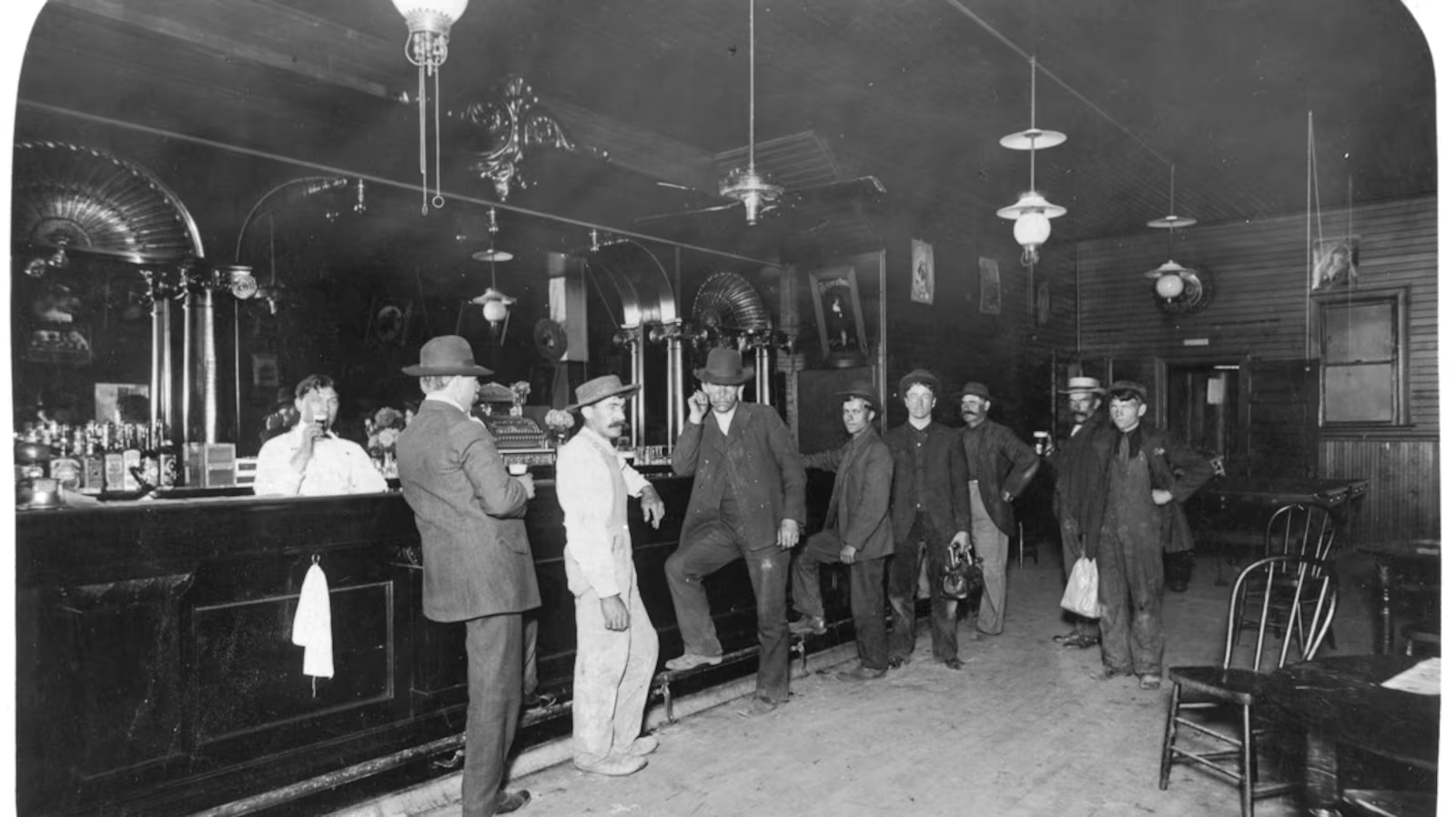PORTLAND, Ore. — The McMenamins White Eagle Saloon & Hotel on North Russell Street is known for its historic charm—and for its ghosts. Manager Kyrsten Bronson, who has run the bar for three years, knows the building is haunted. Upstairs in the hotel, she knocks before entering Room 3, even when vacant, out of respect for lingering spirits. She’s heard ghosts sneak into the men’s restroom and a juicer turn on by itself in the kitchen. But the basement remains the creepiest part of the bar, she says, because it feels as though someone is watching her.
“I started feeling this masculine energy, but it was more of a womanizer kind of energy, a little bit misogynistic,” Bronson said.
Her stories were shared during a McMenamins ghost tour of the White Eagle while she moved between the kitchen and basement office on inventory day. Though not normally part of the tour, Bronson’s firsthand experiences offered a glimpse into the venue’s haunted history. The tour’s first stop is the basement, where a filled-in tunnel entrance once likely served as a hidden storage spot for kegs during Prohibition.
Also Read
Founded in 1904, the White Eagle has remained a bar ever since, even as the surrounding North Russell Street area, once known as the “Bucket of Blood” for its bar fights, has transformed. The saloon’s original proprietors—Polish immigrants Bill and Joe Hryszko and Barney Soboleski—owned the bar through 1969. Its name nods to Poland’s naval flag, reflecting the neighborhood’s immigrant roots. Back in the early 1900s, the area was filled with bars and brothels frequented by workers after long days in the shipyard, creating the energetic backdrop that locals and visitors now claim attracts lingering spirits.
This October, McMenamins is leaning into spooky season with ghost tours at some of its most haunted properties. Tour guide manager Caitlin Popp leads tours every Friday at the White Eagle, while colleagues guide visitors through other reportedly haunted locations, including the Olympic Club in Centralia, Wash., Edgefield in Troutdale, and the Grand Lodge in Forest Grove.
The tours offer more than scares—they reveal the layered history of the buildings. Popp, who used to serve as McMenamins’ on-staff historian, carefully distinguishes between verified historical facts and stories that are more ethereal. At the White Eagle, she highlights three prominent spirits: a bartender, a bouncer, and a sex worker who was reportedly murdered in the hotel rooms upstairs, according to oral histories of the venue.
“I do identify as a witch,” Popp said, describing herself as a Hekatean witch, a devotee of the Greek goddess Hecate. “I do believe that it’s really important to honor people’s histories and people’s memories. And in that way, we’re honoring the energy that’s here.”
Part of what makes the White Eagle’s hauntings feel so anchored, she said, is its continuity. Unlike other historic buildings that have changed functions or sat vacant, the White Eagle has operated continuously as a bar for more than a century. “I think that does really root a lot of the ghosts in place because they are really coming back to this space that, energetically, I feel like they are recycled into, in a way,” Popp said.
The tours themselves blend history, legend, and a touch of the supernatural. Visitors walk through creaky basements, hotel rooms, and bar areas while learning about the saloon’s past, from Prohibition-era shenanigans to the neighborhood’s rough-and-tumble early days. The experience allows guests to see a different side of McMenamins’ venues, emphasizing the company’s approach to preserving historic properties while celebrating their layered pasts.
For those willing to brave the basement or peek into Room 3, the White Eagle offers a unique combination of history, local culture, and a brush with the supernatural—a reminder that the spirits of the past can linger long after the last drink has been poured.












